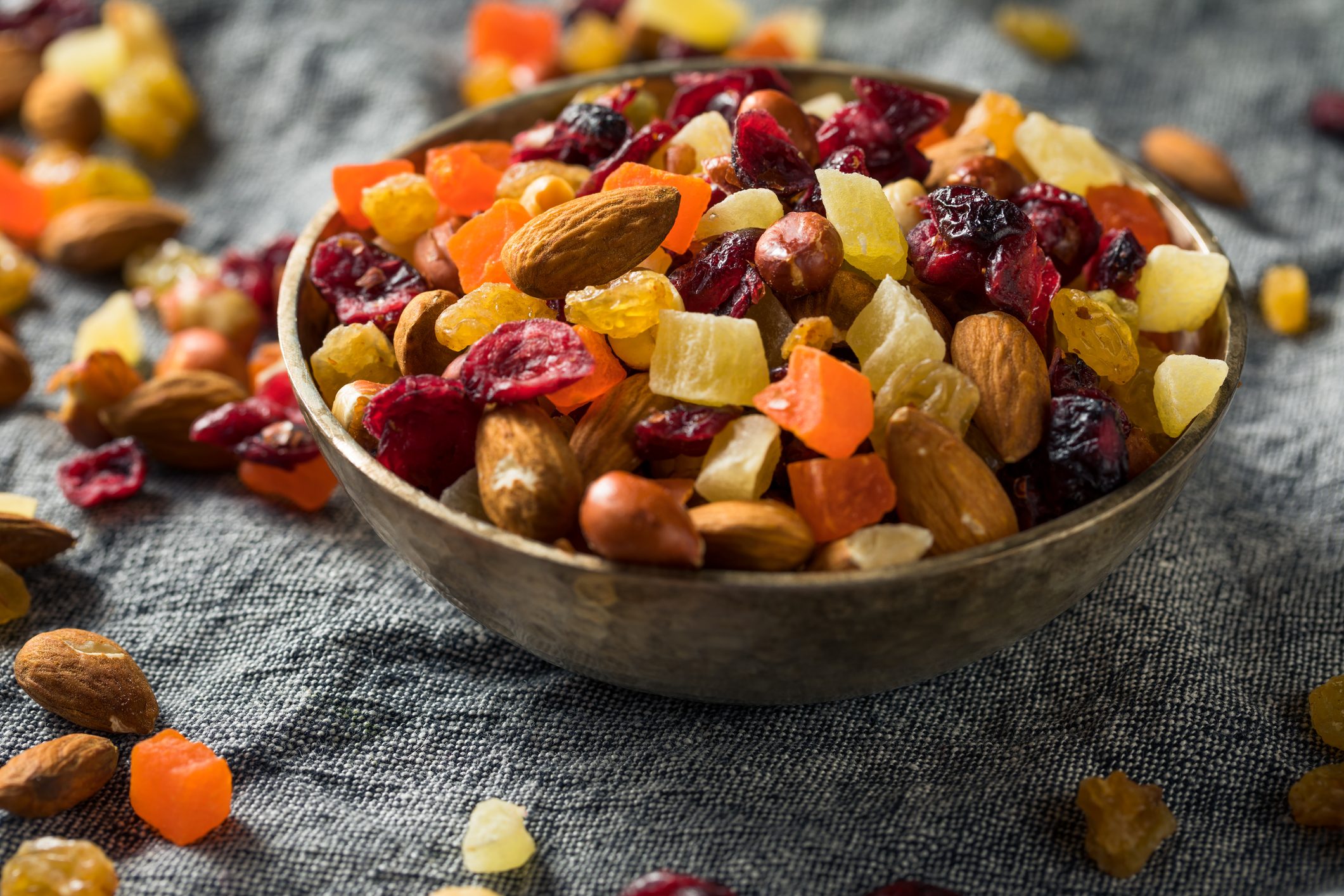Dried Fruit 101: Raisins, Currants, and Sultanas Explained
The terms, raisins, currants, and sultanas are often used interchangeably, but each dried fruit have distinct characteristics that set them apart. This article delves into the differences between these dried fruits, exploring their origins, flavors, textures, and culinary uses. From the sweet and chewy nature of raisins to the tartness of currants and the delicate sweetness of sultanas, understanding these distinctions will help you decide which goes best with your cooking needs.

Whether you're baking a batch of cookies, preparing a savory dish, or simply snacking, knowing the unique attributes of raisins, currants, and sultanas will upgrade your cooking. Raisins, currants, and sultanas are three popular varieties of dried fruits that add sweetness and flavor to a wide range of dishes. However, despite their similar appearance, each type of dried fruit has its own unique characteristics that distinguish it from the others. Below, we'll delve into the differences between raisins, currants, and sultanas, exploring their taste, appearance, culinary uses, and nutritional profiles.
What are Raisins?

Origin and Production: Raisins are dried grapes that have undergone a dehydration process, resulting in their signature wrinkled appearance. They are commonly made from seedless grape varieties such as Thompson Seedless or Sultana grapes.
Taste and Texture: Raisins have a naturally sweet flavor with hints of tartness, depending on the grape variety used. Their chewy texture adds a delightful contrast to baked goods and savory dishes alike.
Applications: Raisins are versatile ingredients used in both sweet and savory dishes. They are frequently found in baked goods like cookies, bread, and cakes, as well as in savory dishes such as pilafs, tagines, and salads.
What are Currants?

Origin and Production: Currants, contrary to popular belief, are not dried grapes but rather small dried berries derived from the Black Corinth grape. These tiny, dark-colored berries are naturally dried to preserve their tangy flavor and chewy texture.
Taste and Texture: Currants have a distinct tartness that sets them apart from raisins and sultanas. Their small size and chewy texture make them ideal for adding bursts of flavor to baked goods like scones, muffins, and fruitcakes.
Applications: Currants are commonly used in European and Mediterranean cuisines, where they are prized for their intense flavor and versatility. They can be incorporated into both sweet and savory dishes, including jams, sauces, and meat dishes.
What are Sultanas?

Origin and Production: Sultanas are another type of dried grape, similar to raisins but typically made from the Sultana grape variety. They are lighter in color and milder in flavor compared to raisins, with a slightly tangy taste.
Taste and Texture: Sultanas have a delicate sweetness with subtle floral notes, making them a popular choice for baking and snacking. Their tender texture and golden hue add visual appeal to dishes and desserts.
Applications: Sultanas are widely used in baking, particularly in recipes that call for a lighter, sweeter flavor profile. They can be found in traditional desserts like fruitcakes, puddings, and pastries, as well as in savory dishes such as curries, couscous salads, and rice pilafs.
Cooking and Serving Suggestions

While raisins, currants, and sultanas may appear similar at first glance, they each offer distinct flavors and characteristics that can enhance a wide range of dishes. By understanding the differences between these dried fruits, you can choose the perfect ingredient to elevate your favorite recipes and delight your taste buds.
Each type of dried fruit can be used interchangeably in many recipes, but their unique flavors and textures can also complement specific dishes. Experiment with raisins, currants, and sultanas in your favorite recipes, such as oatmeal cookies, fruitcakes, or couscous salads today.




